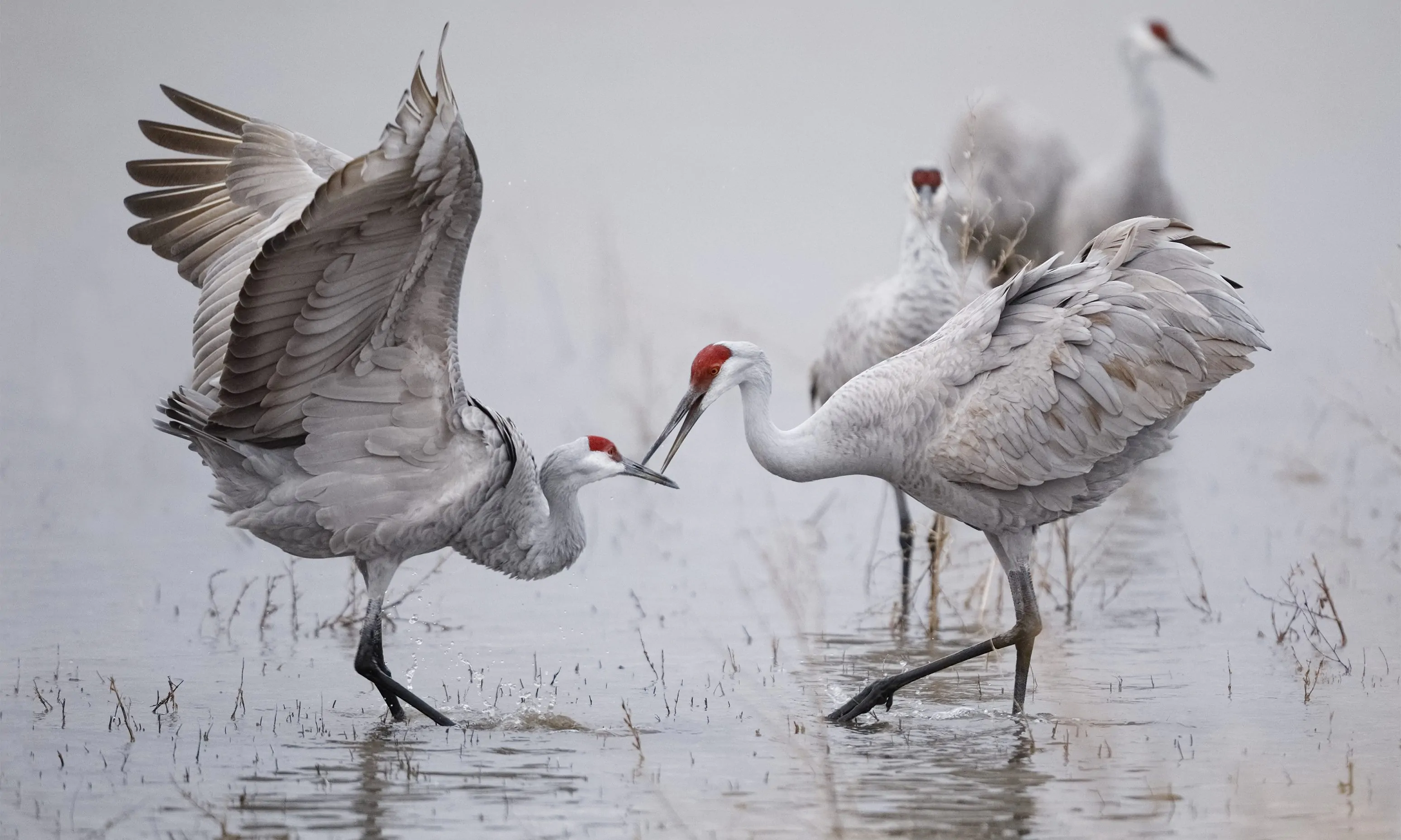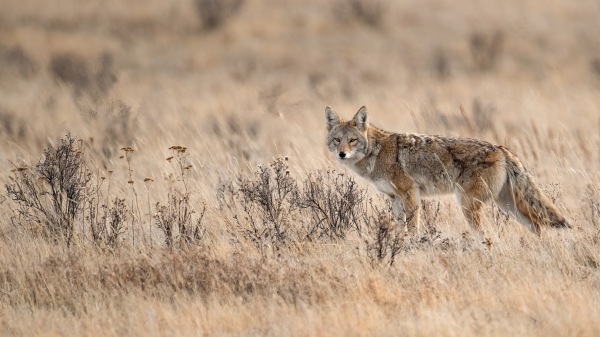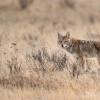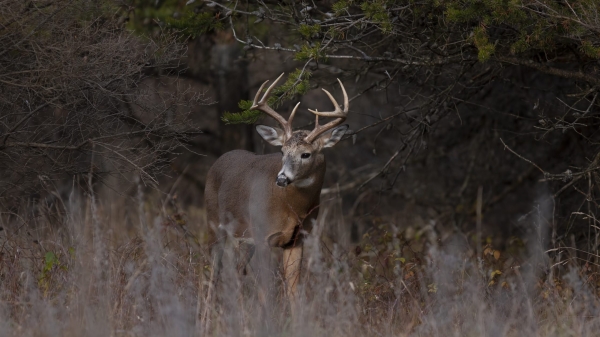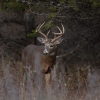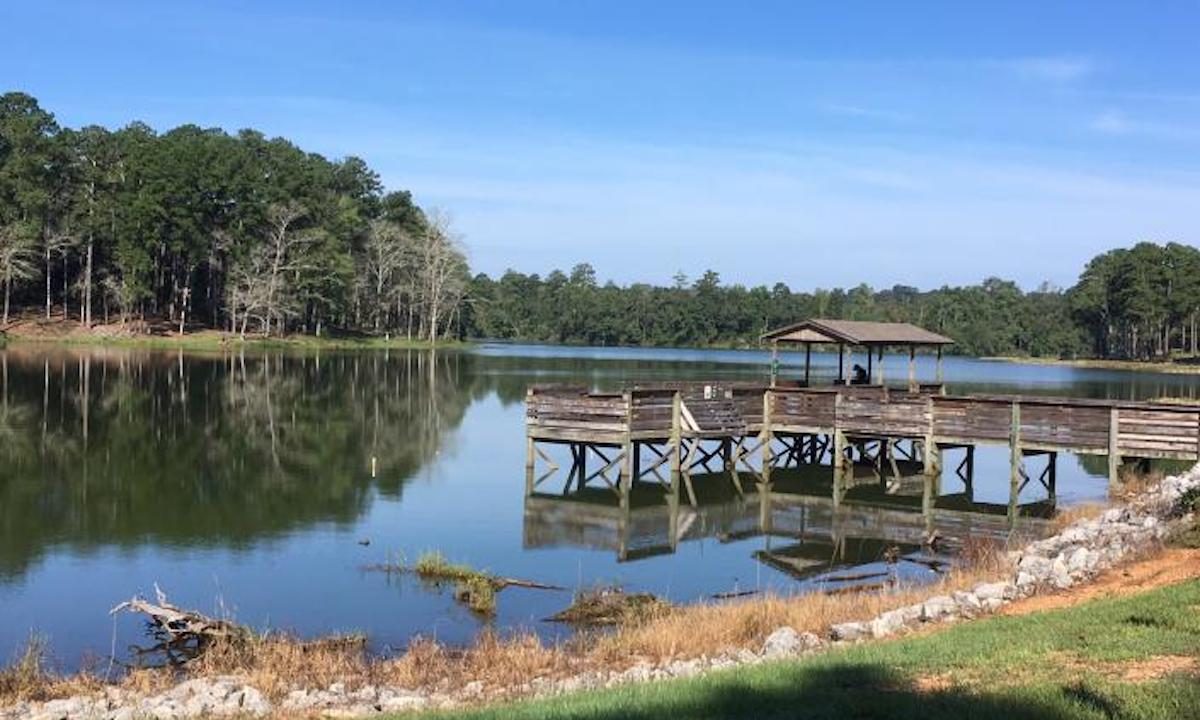The Alabama Department of Conservation and Natural Resources reminded citizens that registration for Alabama’s first sandhill crane hunting season in more than 100 years will open on Sept. 4 and will run until Sept. 25, 2019.
The Alabama Division of Wildlife and Freshwater Fisheries (WFF) will conduct a computer-controlled random draw of only 400 sandhill crane hunting permits on October 2, 2019. To register, visit www.outdooralabama.com/what-hunt/sandhill-crane-hunting-alabama.
Beginning on Wednesday, the site will allow you to enter the drawing for one of those 400 tags, for a hunt that no one haw, lawfully anyway, experience in Alabama in over a lifetime. Registration is limited to Alabama residents 16 or older or Alabama lifetime hunting license holders. Applicants must have their regular hunting license and a state waterfowl stamp to apply.
If drawn, hunters must complete an online test that includes species identification and regulations. After passing the test, WFF will issue the permit and tags. In addition to a hunting license and state duck stamp, hunters must also acquire a federal duck stamp and Harvest Information Program license, and if hunting on a Wildlife Management Area (WMA), a WMA license. Bird identification is important because while sandhill cranes will have a regulated hunting season, it is still illegal to shoot a whooping crane. Hunters must be able to distinguish between the two.
“The last sandhill crane hunting in Alabama was in 1916,” said Seth Maddox, WFF migratory game bird coordinator. “This is the first time in 13 years that we’ve had a new species open to hunting. The last was alligator in 2006. It’s pretty exciting.”
The sandhill crane season will be split with the first segment from Dec. 3, 2019, to Jan. 5, 2020. The second segment will be Jan. 16-31, 2020.
“This sandhill crane season came about through the feedback of hunters,” Maddox said. “They started seeing increased numbers of sandhills while they were out hunting other species, especially waterfowl. Hunters wanted the opportunity to hunt this species in Alabama. They’d heard about the seasons in Kentucky and Tennessee from their friends. Hunters have paved the way for the species recovery of sandhill crane. We want to provide hunting opportunities when they are available.”
The U.S. Fish and Wildlife Service approved a sandhill crane management plan in 2010 that included a hunt plan for the Mississippi Flyway, which includes Alabama, Tennessee and Kentucky.
“Kentucky was the first state to take advantage of that,” Maddox said. “They opened their season in 2011. Tennessee opened their season in 2013. We’ll be the third state east of the Mississippi to have a sandhill season this year.”
Thirteen states west of the Mississippi River already have sandhill crane hunting seasons. The inaugural season will be split into two segments with the first running from December 3, 2019, to January 5, 2020. The second segment will be January 16 to 31, 2020. The daily, season and possession limit will be just three birds per permit. Hunters can harvest all three birds in one day if they choose or they can take a bird a day for three days.
The guidelines under the federal hunt plan allow a state to harvest 10 percent of that five-year average. Alabama’s five-year average is 15,029 birds. For the initial sandhill crane season, the first of a three-year experimental season, WFF set its harvest allowance below 10 percent to ensure hunting will not be detrimental to the population.
The sandhill crane hunt zone is restricted to north Alabama. Additionally, both state and federal wildlife refuges are closed to sandhill crane and waterfowl hunting.
Sandhill cranes stand 4 to 5 feet tall with a wingspan of 4 to 6 feet. The subspecies found in the eastern U.S. is called the giant sandhill crane. Sandhills prefer wetland habitat with emergent vegetation and often feed in harvested grain fields. The majority of migratory sandhill cranes in Alabama are found in the Tennessee River Valley with some birds wintering in Weiss Reservoir on the Coosa River.
For more information about Alabama’s sandhill crane hunting season, visit:
www.outdooralabama.com/what-hunt/sandhill-crane-hunting-alabama.
The Alabama Department of Conservation and Natural Resources promotes wise stewardship, management and enjoyment of Alabama’s natural resources through four divisions: Marine Resources, State Lands, State Parks, and Wildlife and Freshwater Fisheries. To learn more about ADCNR, visit www.outdooralabama.com.
This is also the time of year to renew your hunting and fishing licenses.




































